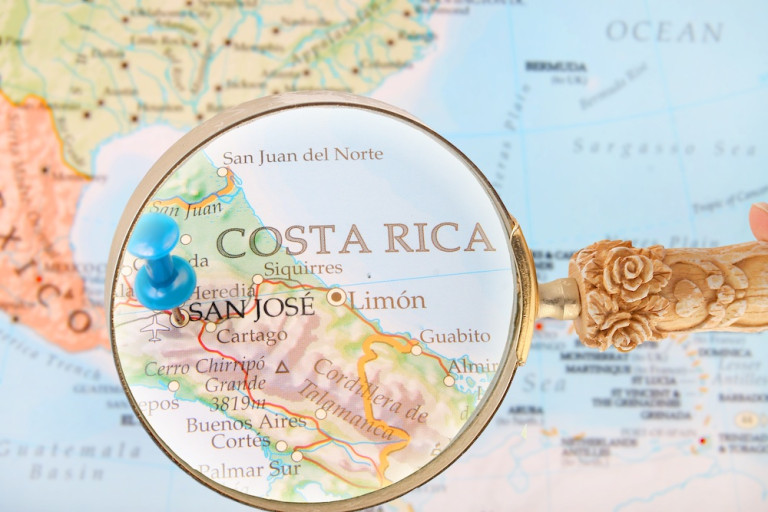Costa Rica Best Time to Visit | Three Great Tips for Planning Your Next Exotic Trip
Costa Rica Best Time to Visit | Three Great Tips for Planning Your Next Exotic Trip
Costa Rica is a culturally diverse country bordered by the Caribbean and the Pacific coast. It boasts an indigenous rainforest and is well-known for its pristine beaches, natural attractions, and a large number of indigenous species of birds and mammals.

If you are planning a trip to this beautiful tourist destination, whether with your girlfriends or family, having an itinerary is essential to get the most out of your trip. To enjoy your trip to the fullest, it is also necessary to know Costa Rica best time to visit.
Costa Rica: Best Time to Visit
When is the ideal season to travel to Costa Rica? This relies on the climate, which varies significantly based on the time of year and the region. It’s no surprise that this centrally located American country has such a wide range of weather when you consider its dramatically diverse topography.
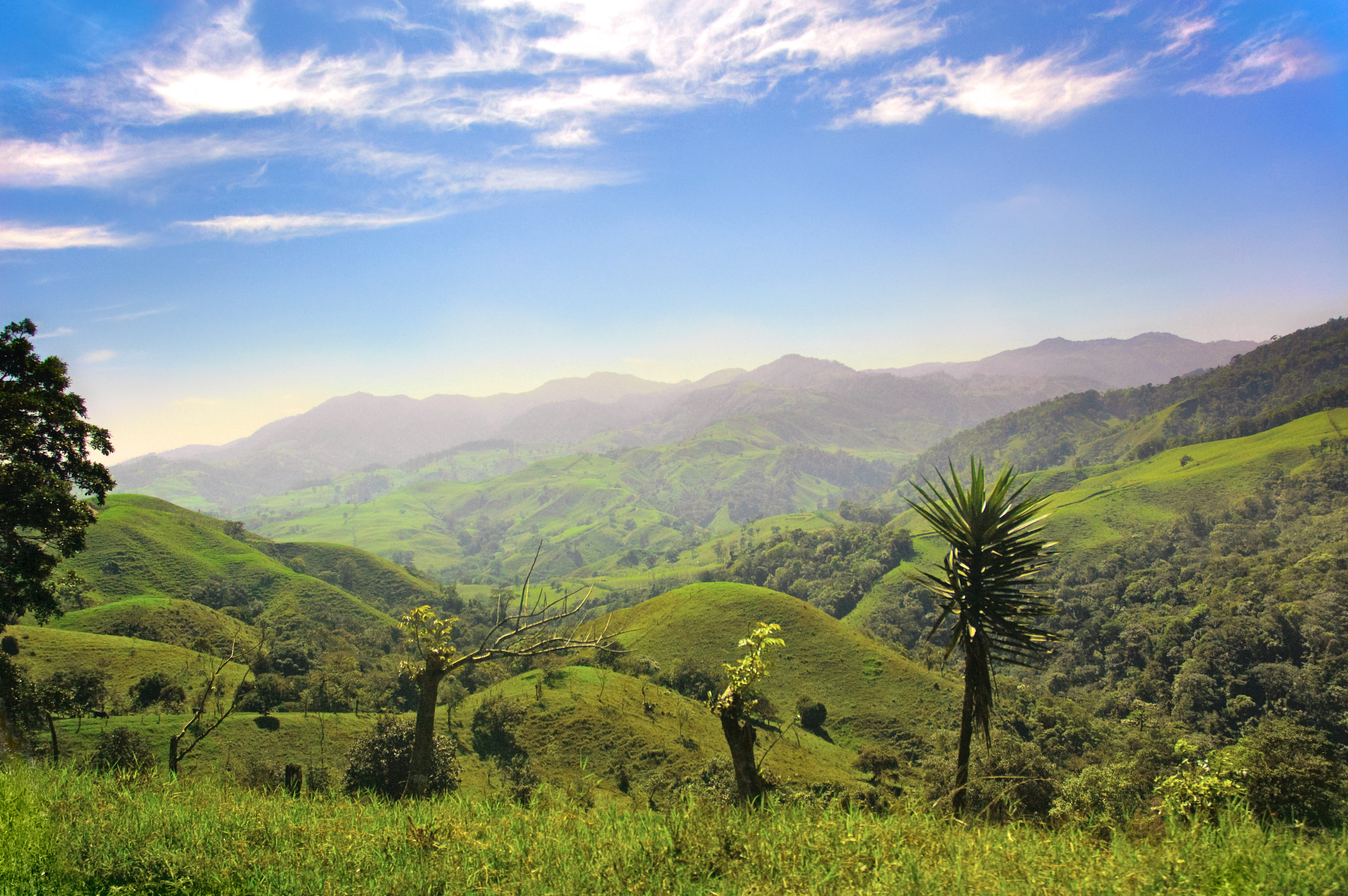
Tip#1 | Wondering When to Visit Costa Rica? Determine Where You Are Going
If you are wondering what time to visit Costa Rica, the answer depends largely on where in the country you are going and what activities you intend to do there.
The country has rich rainforests, mountains, central valleys, mountains, and miles of shoreline on both the Caribbean and Pacific coasts.
Temperatures begin at 68 degrees Fahrenheit, and you can expect high humidity on the coasts, with temperatures reaching 86 degrees.
Planning to Visit the Mountains?
Should you wish to experience the mountains and rainforests, keep in mind that the annual rainy season often entails thick clouds of fog.
This means that it is probably not the greatest time to travel to Costa Rica, especially if you are keen on taking in the natural beauty Costa Rica’s mountainous regions have to offer.
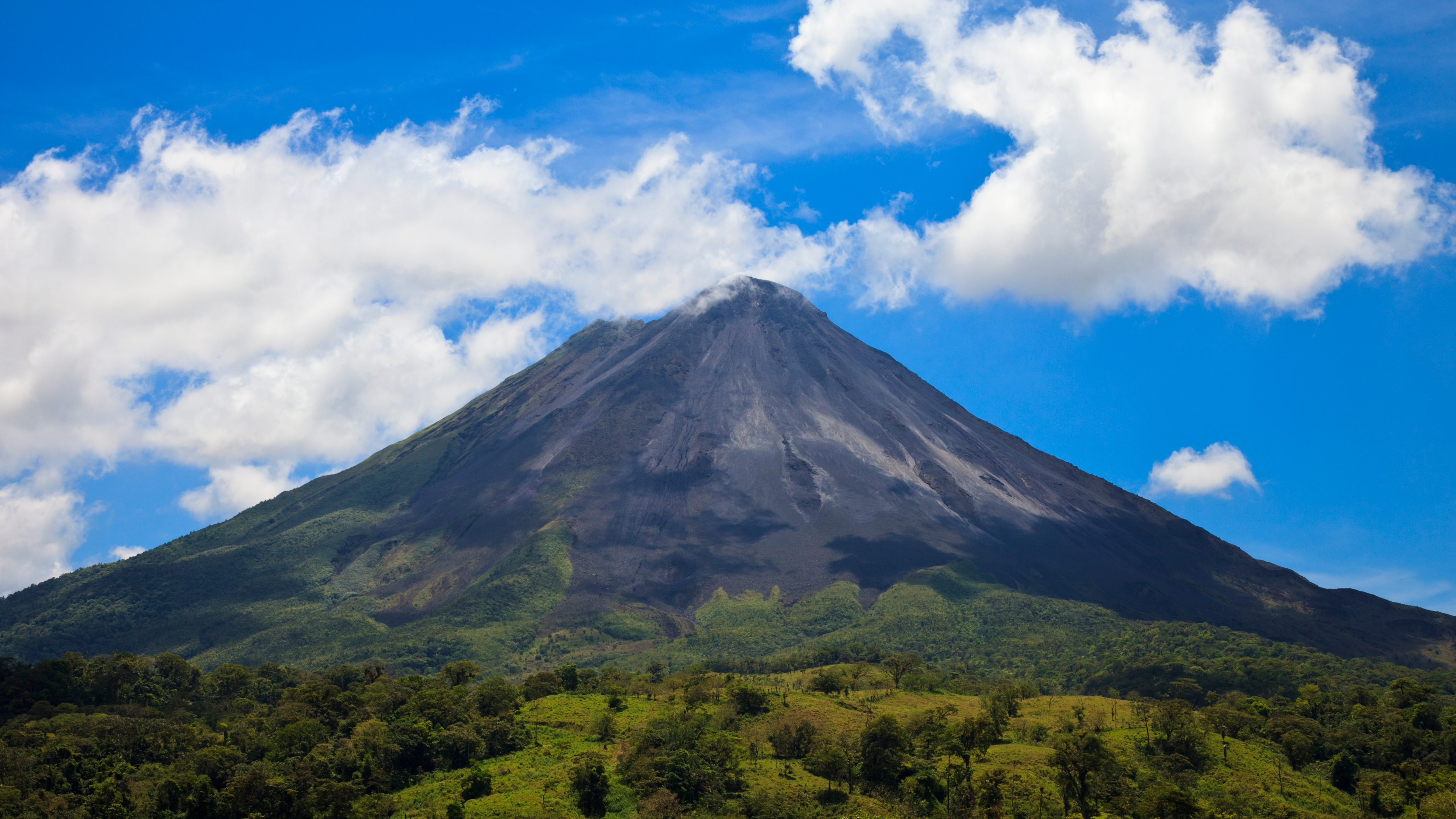
The Climate in the Central Valley
The climate in the central highland valleys is great all year round, so if you don’t intend to visit the mountains, you don’t need to restrict your trip to just one time of the year.
When to Visit the Coasts
The Caribbean and Pacific coasts divert wind currents away from the ocean. This results in a wet, warm, and humid tropical environment all year round.
Therefore, if you are hoping to spend your holiday sunbathing on Costa Rica’s Caribbean coast, enjoying the activities on offer on the pristine beach towns, then there is no need to restrict your travel to a single time of the year.
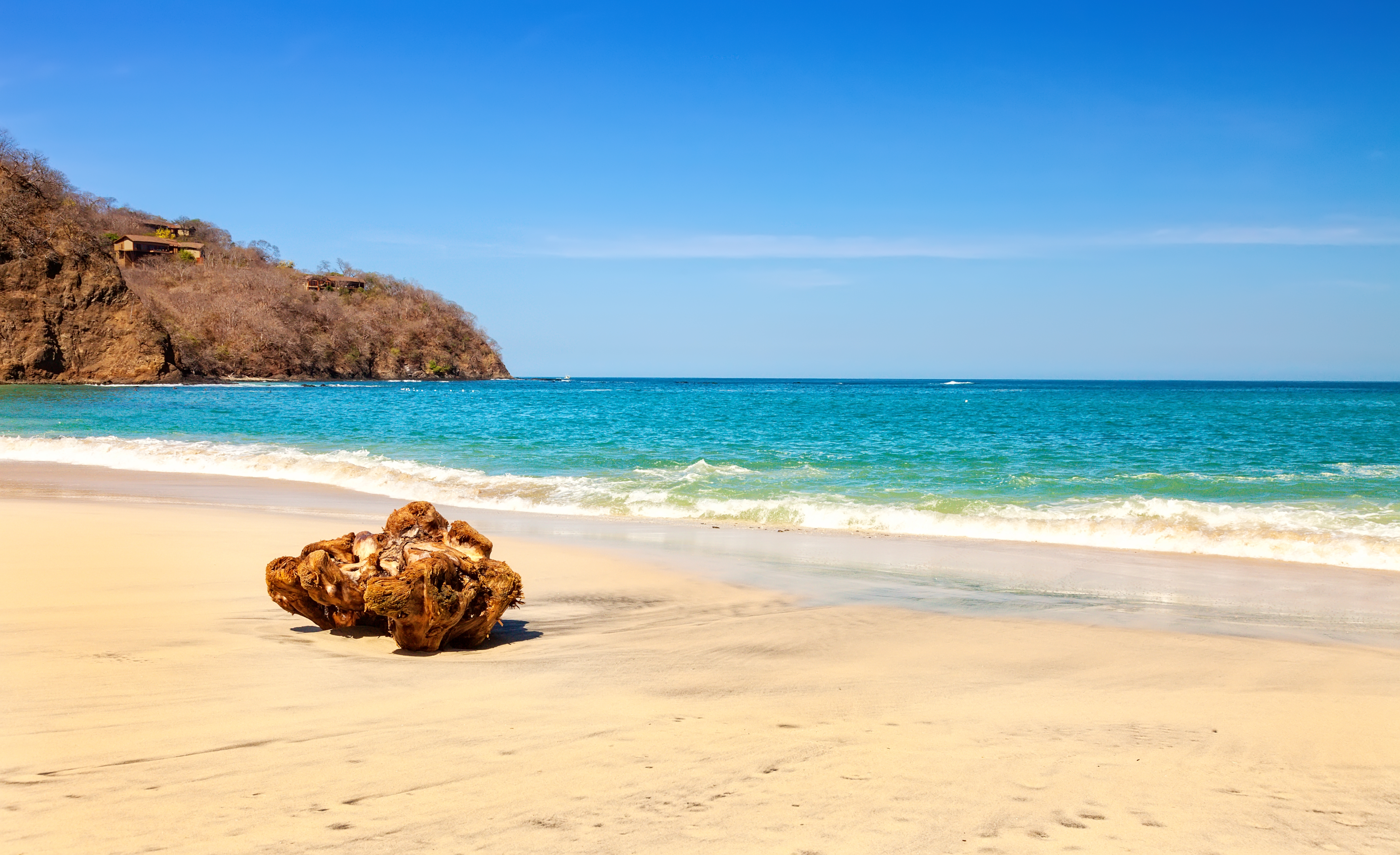
Tip#2 | Pay Attention to the Seasons
To determine the best time for your Costa Rica vacation, it is essential to understand the seasons. There are two main seasons: the green season and the dry season. In the section below, we take a closer look at these seasons to help you decide when to travel to this tropical country.
The Rainy Season
In Costa Rica, the green season and the rainy season are terms that are used interchangeably. During this time of year, the continuous rains often result in abundant, lush foliage around the country, making this a very rainy and very verdant season.
The truth is that the season that most tourists like to avoid is the rainy season. This season in Costa Rica lasts from May until November. Precipitation is greater during this period, and prices (for accommodation, activities, and travel) are more affordable than during the peak season.

During this season in Costa Rica, you can expect to see sunny mornings, which are perfect for early-morning adventures. Afternoon showers mean that it’s time to visit some indoor attractions or enjoy a drink at a bar with your girlfriends.
There are also a smaller number of holidaymakers, making these months some of the best for visiting Costa Rica should you be willing to risk a little rainfall. You will also get to see the country for its natural beauty in ways that tourists simply do not experience during the dry season.
Dry Season
The dry season in Costa Rica will last from mid-December until April, and it is also when the country sees most of its tourist activity. It is a more desirable period for holidaymakers due to a lack of rain and warmer temperatures.

However, costs for accommodation, travel, and more will be greater, and the greenery will be less attractive than during the rainy or green season. If you don’t like the busyness of the tourist season, the best time to visit this country would be during the green season.
Tip#3 Look at the Month-to-month Weather Patterns in Costa Rica
If you are looking for more specific details about the climate in this diverse country, we advise looking at month-to-month forecasts. You can find a detailed description of weather patterns for each month in the sections below.
January
Costa Rica’s peak tourist season is in January, as people who visited the country to enjoy their New Year and Christmas holidays in the holiday destination are likely still around. The country is also in the dry season or summer months when bright skies welcome visitors.
If you are hoping to get a bit of both worlds, the verdant natural beauty of the green season and the attractive beach climate of the dry season, January is a great time to visit costa.
This is because, despite the lower rainfall, the environment is still green from the green season that has just passed, making the early months of the dry season extremely inviting for tourists.
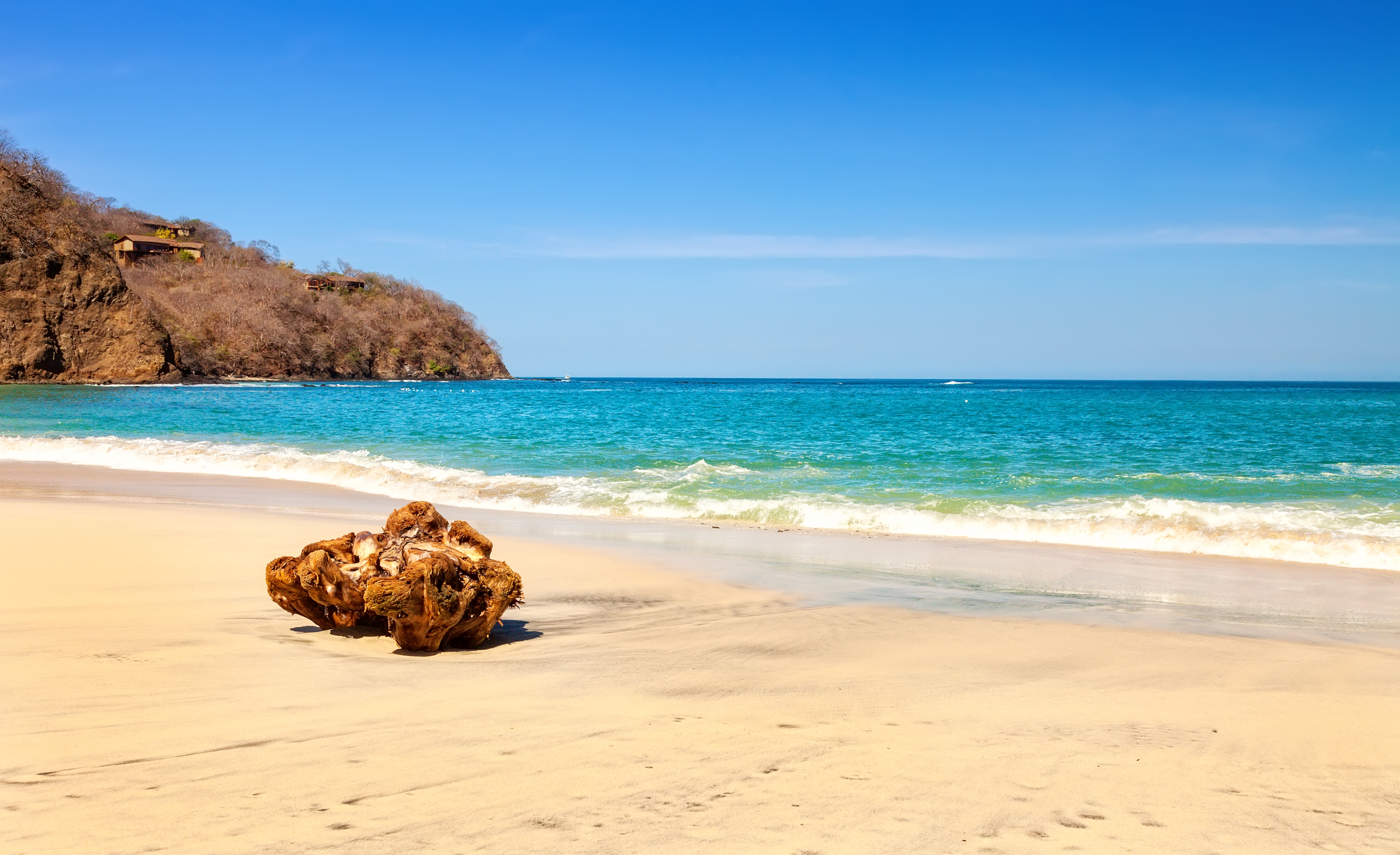
One of the most notable drawbacks of traveling to Costa Rica in January is the high prices. It also may not be appealing to you if you intend to use your holiday to recoup and enjoy some solitude, as the country is still buzzing with activity at this time of year.
January is a great time to see humpback whales and a variety of sea turtle species in Costa Rica, and New Year’s Day is often celebrated with festivities and dancing in San José.
February
In February, the greenery starts to dry out and is no more verdant and appealing. Average temperatures start rising dramatically, frequently lingering in the mid-60s and early-80s.
During this month in Costa Rica, you can enjoy lots of good sunshine and almost no rainfall. As a result, it is likely to be one of the driest and warmest months of the year. Guanacaste, Costa Rica, and areas along the Pacific Coast are especially hot in February.
This is considered one of the greatest months to visit Costa Rica among beachgoers. Pricing and availability reflect the season in February, which is still deemed the peak season.

March
In March, you can expect a dry and hot climate. By this time, almost all of the rainy season’s foliage has vanished, and portions of the country, particularly the Pacific Coast, are running out of water, making it an inconvenient time to visit Costa Rica.
Because of the spring breaks and Easter vacations that typically occur around this time of year, it is also a pretty busy month.
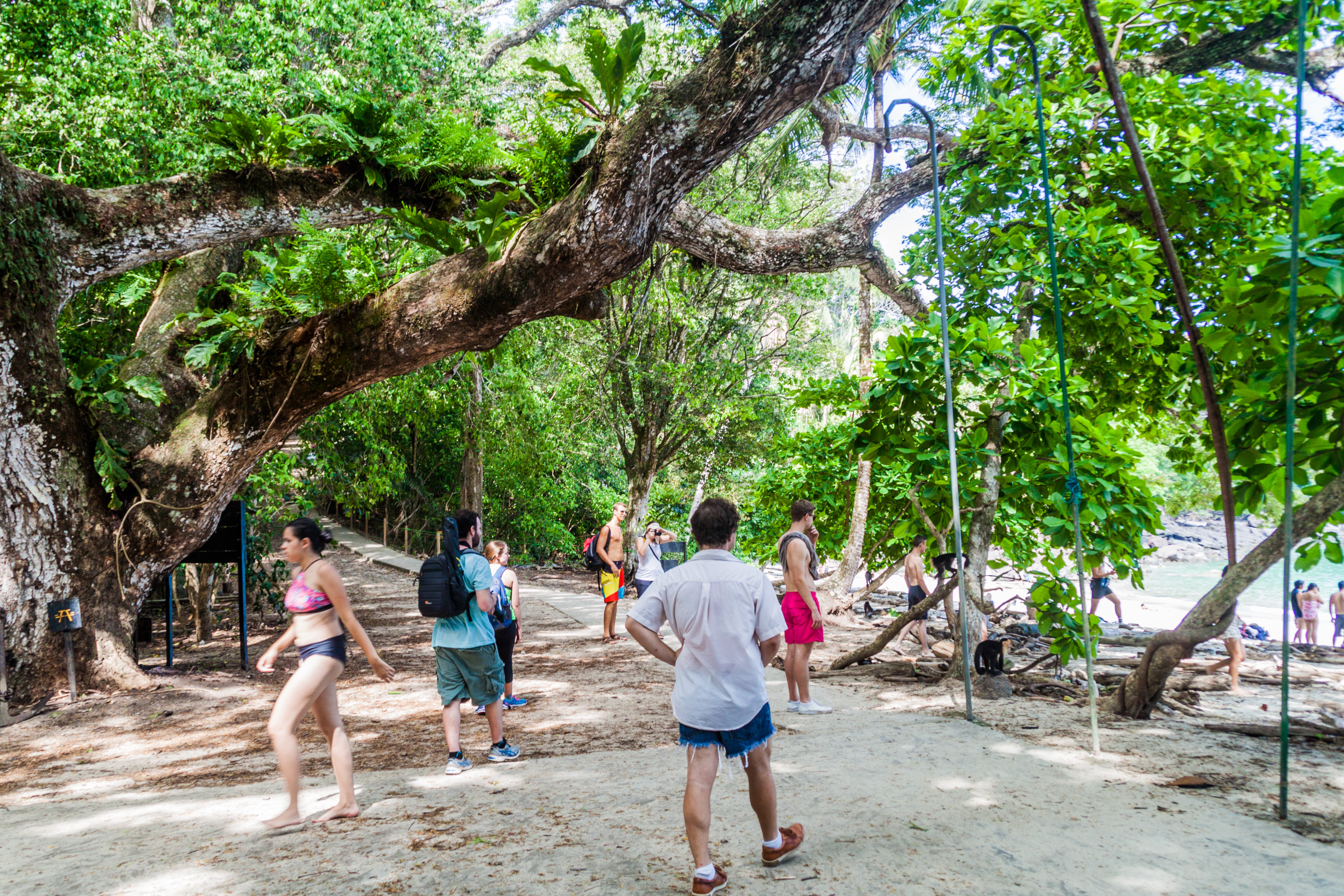
On the second Sunday in March, the Escaz barrio of San José commemorates the historical value of oxcart drivers with colorful processions of decorated oxcarts and driving contests and an abundance of traditional cuisine and entertainment.
The saint of San José is honored on March 19th with festivals, marches, and religious services.
April
The dry season officially ends in April. However, it can linger for a few extra weeks in Guanacaste’s dry northwest. Tourists can still enjoy bright sky, albeit the foliage, especially along the Northern Pacific Coast, has lost most of its green luster following months of sparse rain.

April is also the warmest month of the year on average, and if Easter occurs in April, you can expect a significant increase in tourist activity throughout the holiday. You’ll also want to schedule your getaway far in advance because spring break tourists could still be arriving.
Suppose you don’t mind the heat or the buzz of activity. In that case, April may be the best time to visit Costa Rica to enjoy the beaches and take in the festivities of the International Arts Festival in San José that is commemorated with art exhibitions, dancing, concerts, and shows.
May
May marks the shift between the dry and rainy seasons. The climate throughout this month can be a little erratic, depending on the year, so it can feel like a dry season or a green season.
Rainfall increases in intensity but is rarely uncomfortable, and temperatures start to drop in May. Rates and tourist numbers drop dramatically, and low season rates are now in place across the nation, signaling the start of one of the greatest times to visit Costa Rica.
Visiting Costa Rica during May is a great way to save money if you’re on a budget.
June
As the children go on holiday and family trips begin in June, there will be a minor increase in tourists. As the rainfall awakens the rainforests, everything starts looking considerably greener.
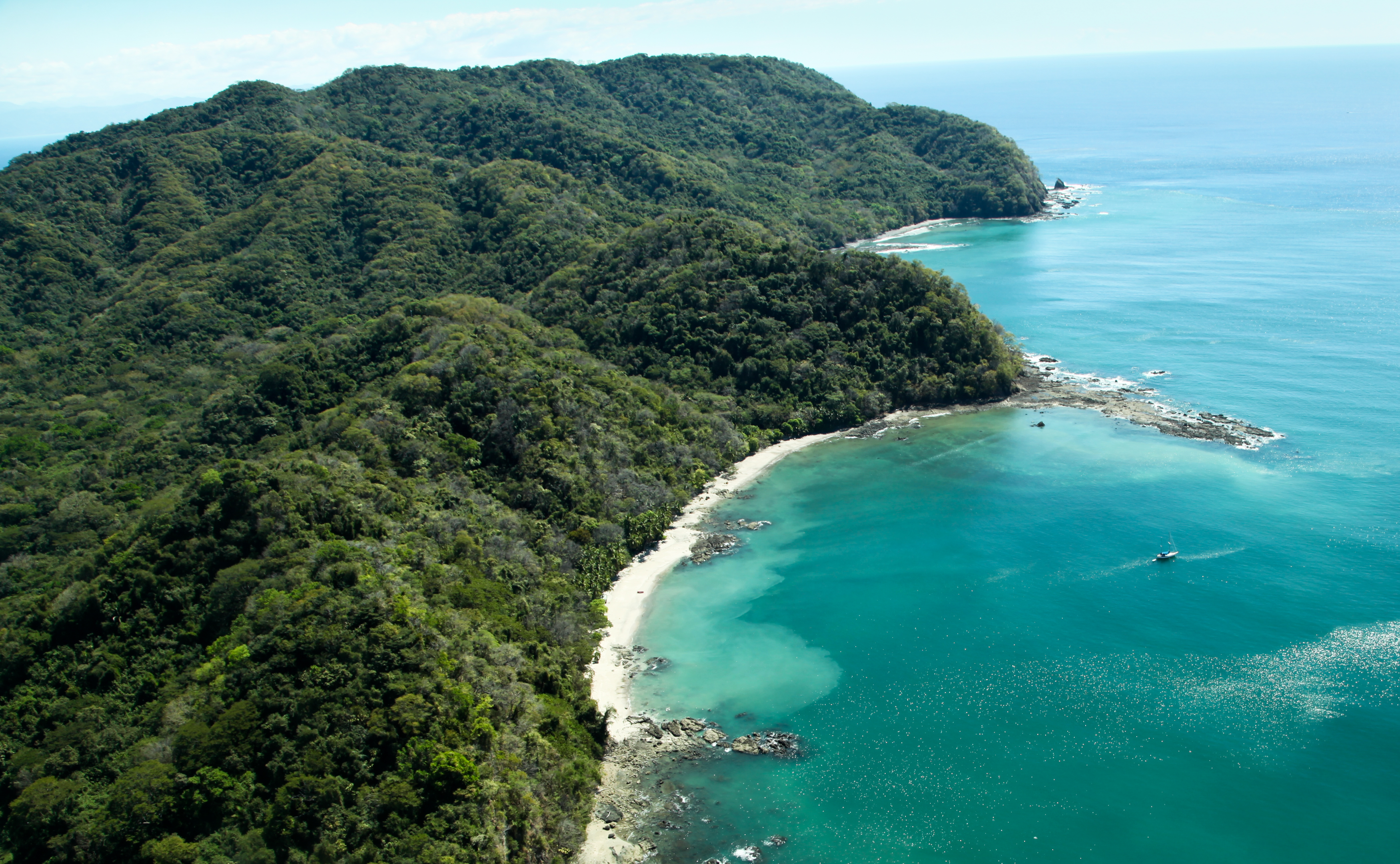
Because the rainforests become more vibrant and flowers begin to blossom, it remains the greatest month to visit Costa Rica, thanks to the beauty of the vegetation.
The majority of days are clear in the early morning, with a few afternoon showers, which may continue into the evening and night.
July
The month of July falls squarely in the middle of the green season. Costa Rica has a brief mid-year dry season also known as a “little summer” or “veranillo”) in July. This occurs toward the middle of July and the start of August.
Rainfall patterns change, decreasing dramatically for three to four weeks, particularly in the northern Pacific, and are accompanied by limitless sunlight and spectacular Costa Rican sunsets.
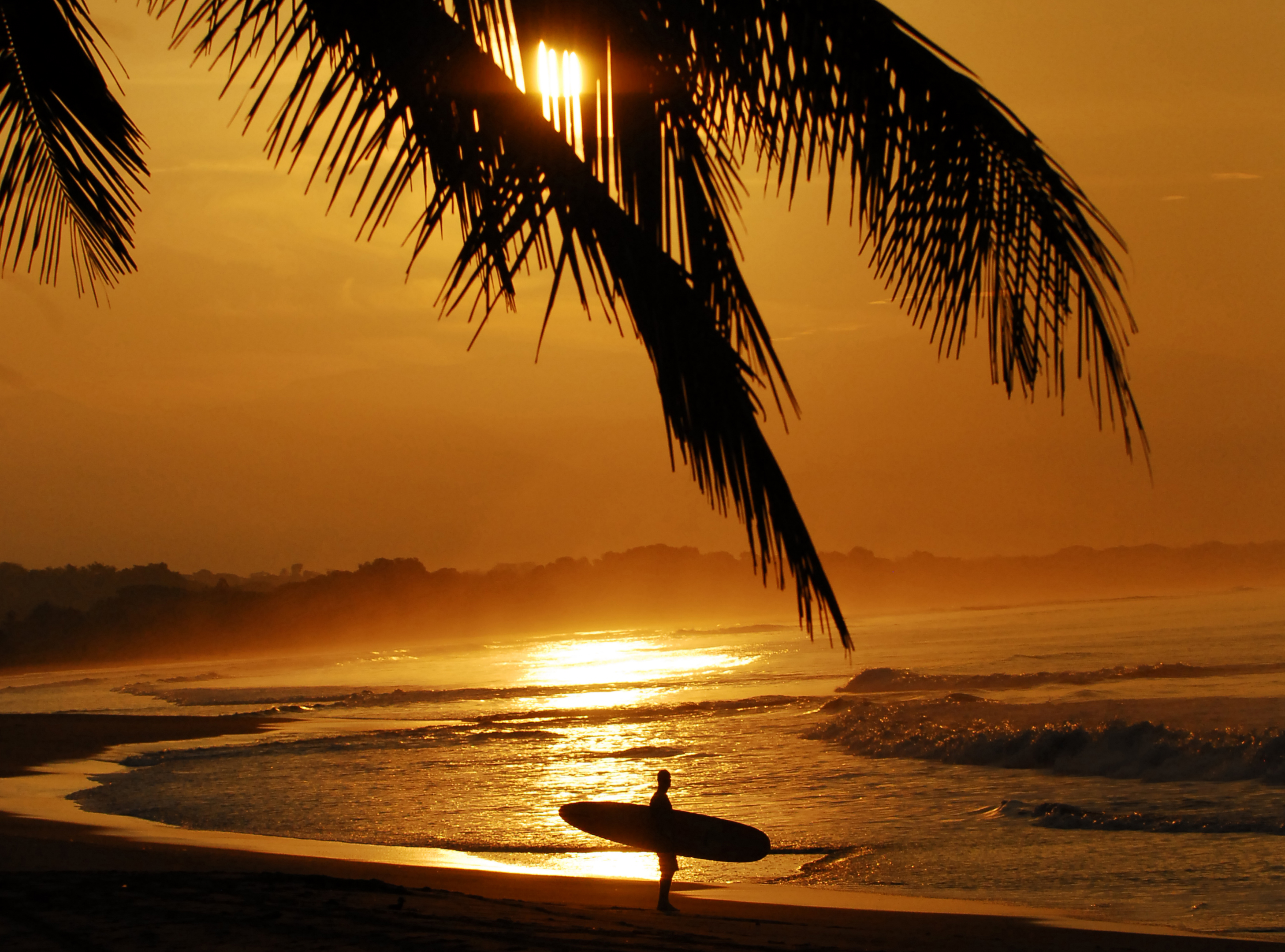
This makes July is a fantastic time to visit the country, with bright sunny days for relaxing on the Caribbean Coast and late afternoon showers to keep you cool as you savor the evenings.
Due to student travels and school schedules, many Costa Rica family holidays are still occurring during this time of the year.
August
In August, you can experience a veranillo, but the risk of thunderstorms rises as well. Rainfall is expected virtually every day, particularly towards the end of August, so it might not be the best time to visit Costa Rica.
The Caribbean Coast is experiencing rain, with rain falling virtually every evening or afternoon. If you don’t mind the rain and want to experience the lush vegetation and solitude, August is a fantastic time to visit the country.
It is often a quieter month, with many offers to be found across the country, making it ideal for honeymoons when couples desire a more laid-back atmosphere, don’t mind the rain and are on a budget.
September
The Costa Rican rainy season is in full swing in September. In general, the Pacific Coast receives more rain than the Caribbean Coast. This is the greatest time of the year to travel to Costa Rica if you want to view forest wildlife.
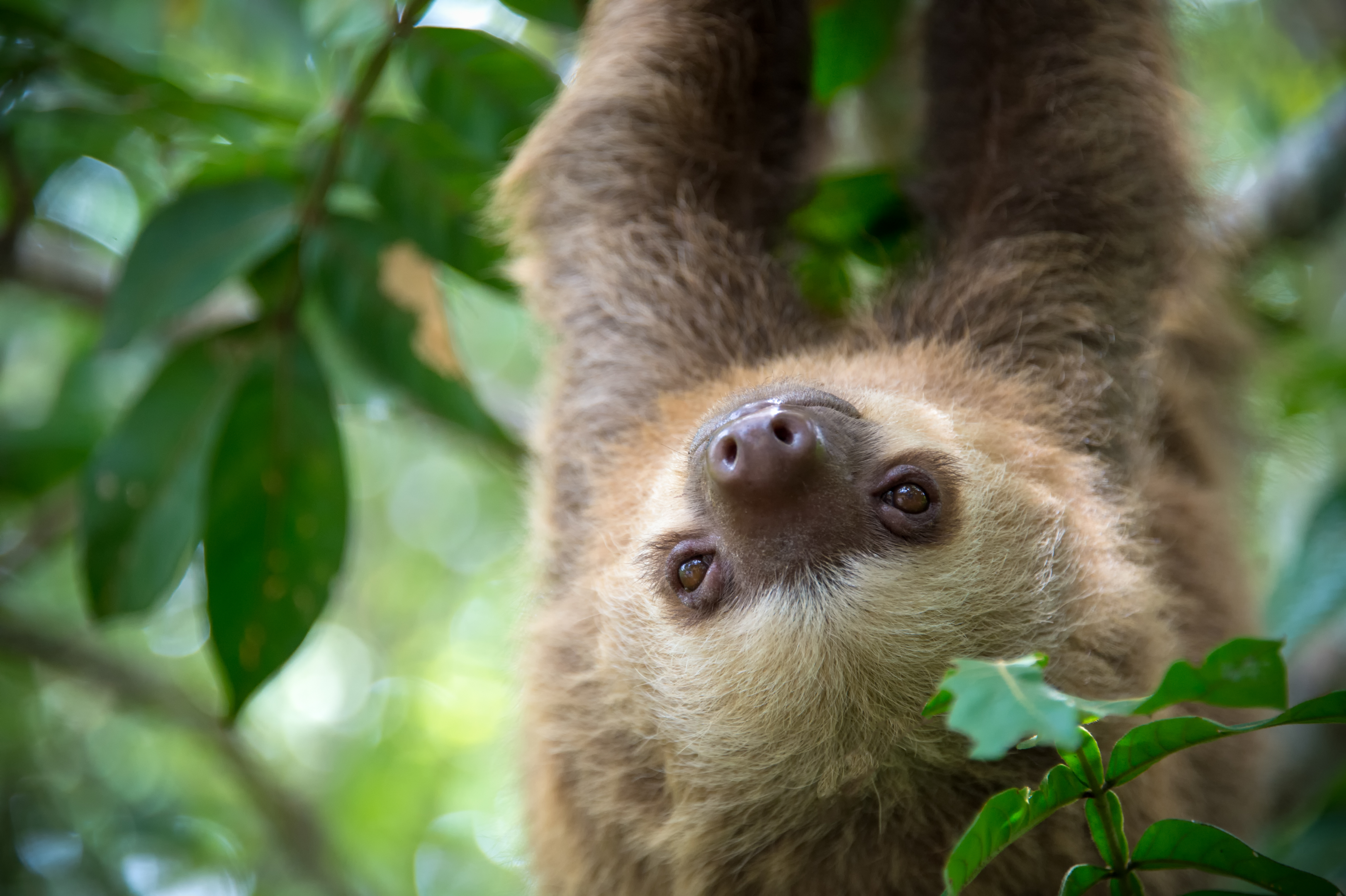
Long wet days and strong thunderstorms are becoming more prevalent. During September, rafting and surfing are popular sports, and lodging availability, rates, and services are most affordable.
Furthermore, there are no masses of people, and you might even discover that you have the beach to yourself.
October
Costa Rica’s wettest month of the year is October. Severe flooding and power failures are typical during this time. If you want to travel to Costa Rica, be aware that it may not be the best time to do so.
You might be fortunate enough to experience only a few hours of sunshine, but you could end up with an entire week of rain. Traveling on dirt roads, especially in the Nicoya Peninsula, could be more difficult during this season, especially if you intend to visit these areas during your stay.
November
The climate in November is always a gamble. On most days in a typical year, the central and northern coastlines, and the mountains, will receive heavy rainfall.
They usually have bright mornings and daytime, with most of the rainfall occurring in the afternoon and evening. The Southern Pacific Coast and the Osa Peninsula are also still wet this close to the start of the month.
As the climate begins to change toward the end of November, hotels and tour companies that were closed during the abnormally rainy months of September and October reopen. At the end of this month, the Thanksgiving holiday signals the start of another tourist season.
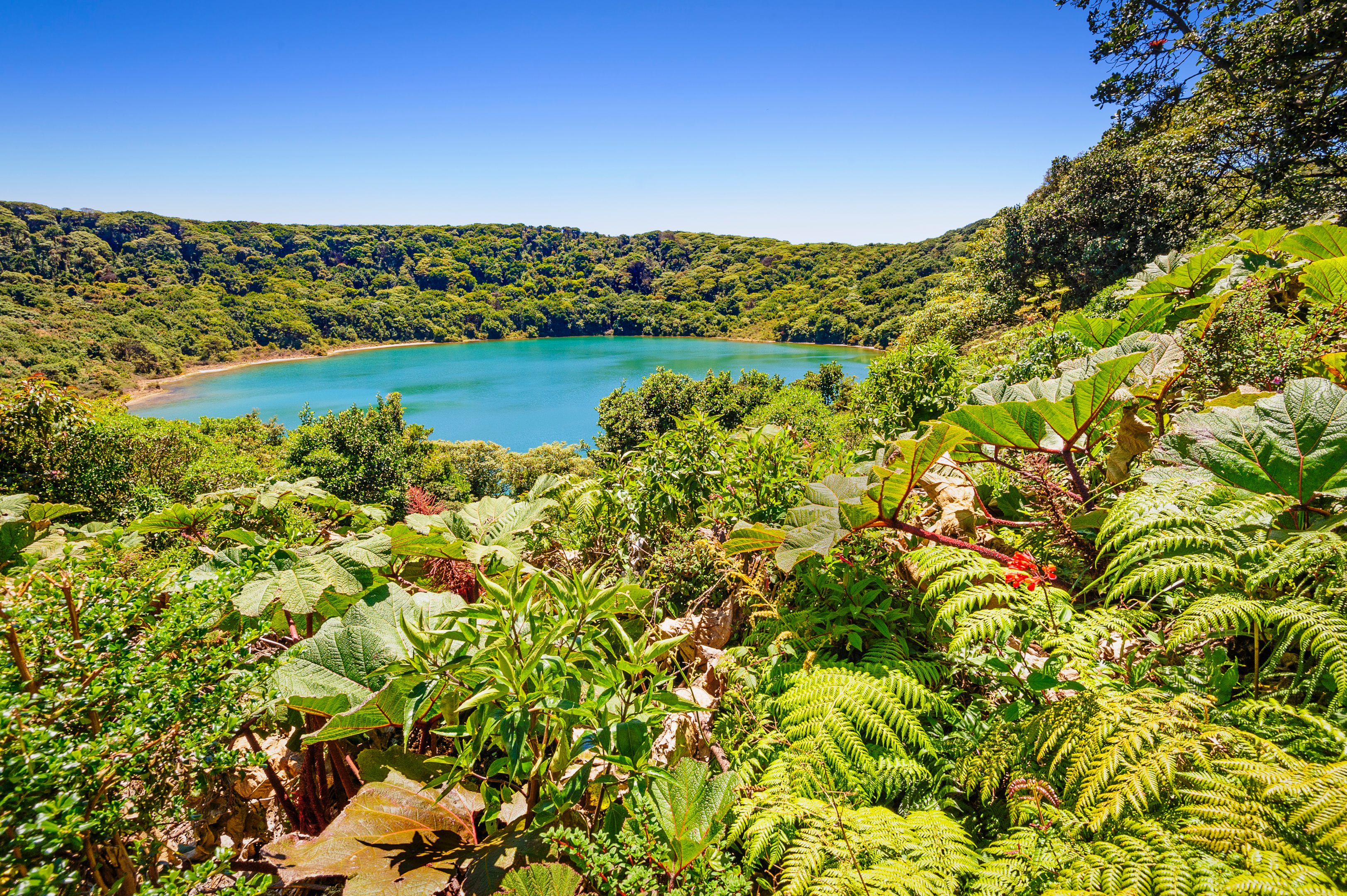
December
The month of December officially marks the start of the dry season, the greenery starts to fade in color, and tourist activity picks up once more. In December, the weather tends to be unpredictable, with several scattered showers.
However, most of the month is dry, making it the best time to visit Costa Rica. In early December, the “vientos navideos,” otherwise known as the “Christmas winds,” bring a crisp freshness to the Central Valley.
The month starts off slowly in terms of tourism, with minimal occupancy rates and reduced pricing, which means that the first two weeks in the month are ideal for experiencing Costa Rica without the busyness.
The high season is in full swing by the holidays, and lodgings tend to sell out quickly at very high prices. You must book about three months in advance to get accommodation in December.
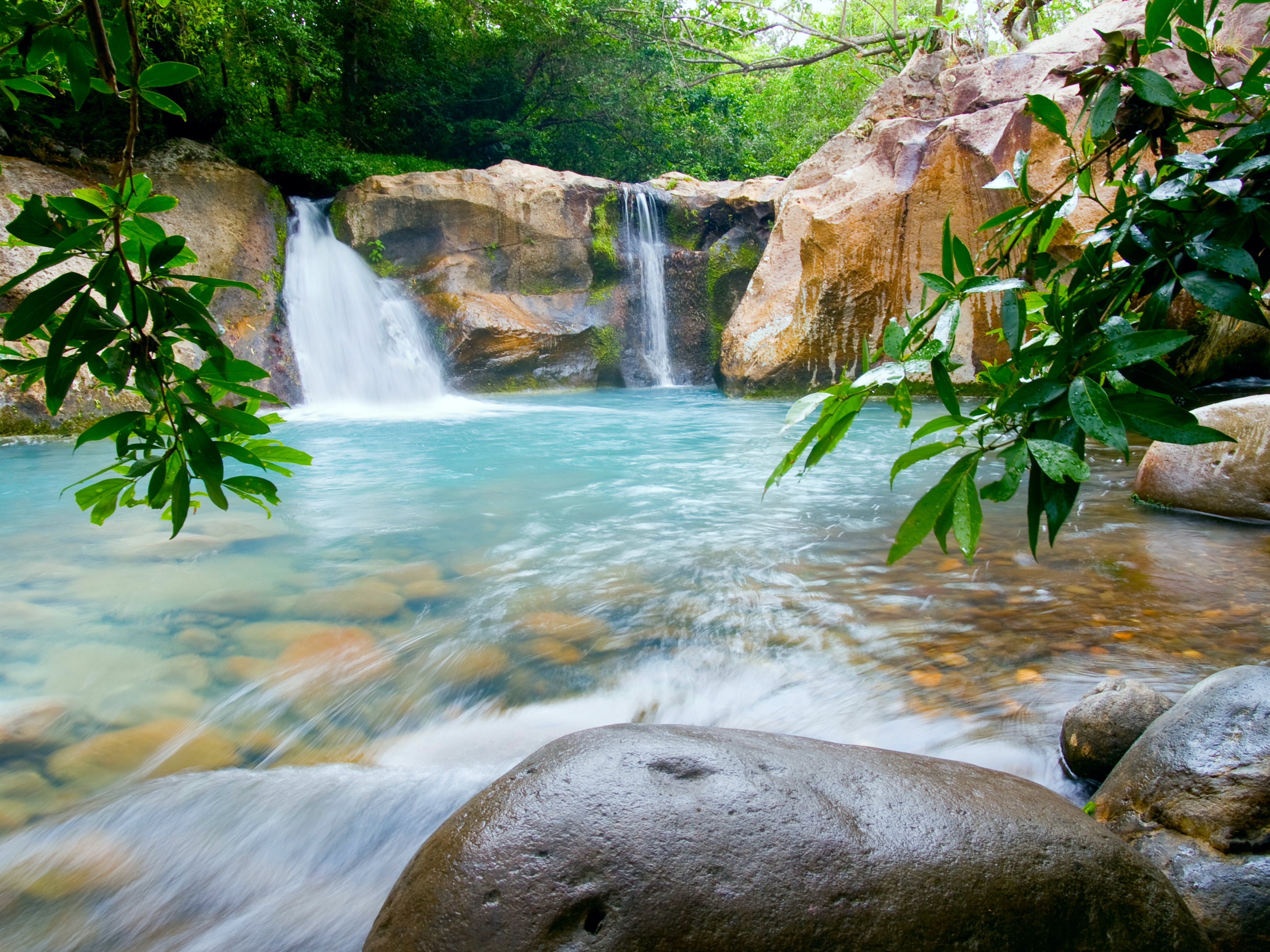
Visiting Costa Rica? Here’s Are Our Recommendations
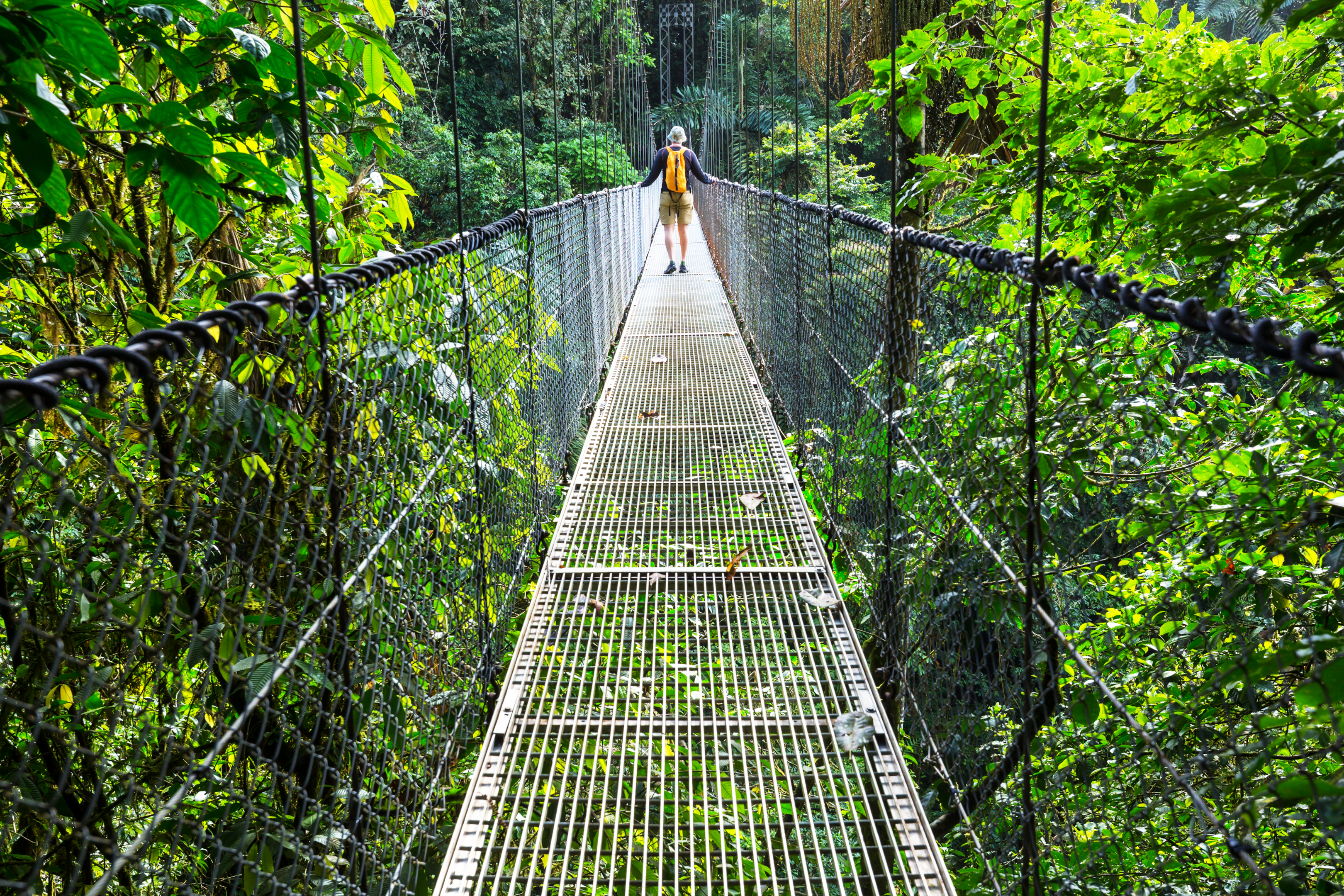
Suppose you’re curious about when the best time to visit Costa Rica is. In that case, we suggest going in late November or early December when the beaches are not too busy, or in June and July if you want to enjoy the foliage and natural beauty of the mountains and rainforests.
These are the ideal periods to visit Costa Rica, and they are ideal for exploring any part of the country. However, it is essential to keep in mind that the ideal time to visit Costa Rica depends on your schedule, budget, and what activities and areas you wish to experience.
Frequently Asked Questions
The section below provides some quick answers to some of the most-asked questions about visiting Costa Rica.
1. When Should I Travel to Costa Rica If I’m on a Budget?
Because most travelers want to enjoy the beaches during the dry season, the best time to visit Costa Rica if you want to save on accommodation and travel is in the green season between May and November.
2. Which Is the Worst Month to Travel to Costa Rica?
October is the worst month to travel to this country because this is the time when most of the flooding and power outages occur, so you are more likely to be indoors for most of your stay.
3. When Is the Best Time for Turtle Watching?
The ideal time to visit Costa Rica for turtle watching depends largely on the species of sea turtles you are interested in.
From October until February, loggerhead turtles travel to the shores at Parque Nacional Marino Las Baulas, and from March through May, visitors can view them at Gandoca-Manzanillo Wildlife Reserve and Tortuguero National Park.
Green turtles come back to their preferred nesting sites in Tortuguero from July until October, and hawksbills can also be seen at Santa Rosa, Tortuguero, and Marino Ballena.
4. Why Are Climates Different in Different Parts of Costa Rica?
This is because of the varying altitudes that create different weather patterns.
5. When Is the Rainy Season?
The rainy season begins in May and ends in November.



